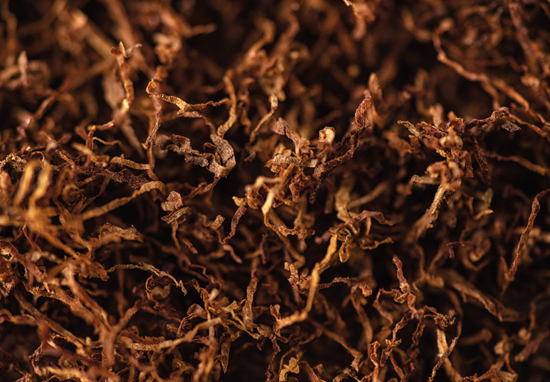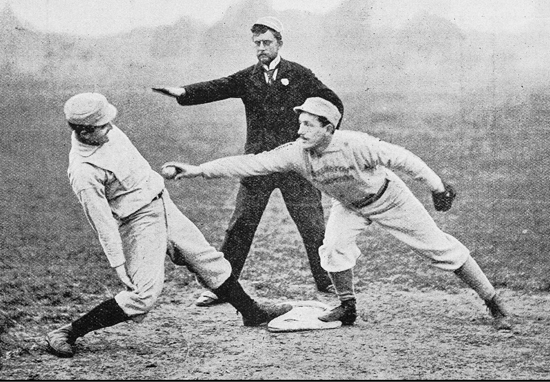In the late 19th century, the development of cigarette rolling machines led to mass market production and increasing tobacco smoking in the U.S.
Packs of cigarettes were widely distributed to soldiers in World War I and II, and cigarette companies began running magazine ads, using authority figures, even health professionals, to promote their products.
A 1930 ad by the American Tobacco Company showed a physician touting Lucky Strike’s “irritation protection” for the throat. Brown and Williamson Corporation used the image of a dentist in a 1949 ad promoting the menthol flavor of Viceroy cigarettes. Celebrities were extensively used for promotions, such as a Christmas-themed Chesterfield ad with actor Ronald Reagan around 1950. In 1968, the Phillip Morris Company targeted young women with its Virginia Slims ad campaign. By 1965, more than 40% of American adults were smokers.
Tobacco smoking’s popularity started to wane in the mid-1960s. In 1964, the U.S. Surgeon General’s Advisory Committee on Smoking and Health published its report linking tobacco usage to lung cancer. Written at the request of President John F. Kennedy, it was a response to mounting evidence on smoking collected during the 1950s. The report garnered lead attention in newspapers and on television broadcasts and was a step toward diminishing the impact of tobacco use on health worldwide.
On April 1, 1970, President Richard Nixon signed the Public Health Cigarette Smoking Act, officially banning cigarette ads on television and radio.
In 1995, an estimated 24.7% of American adults were smokers, according to a study by the Centers for Disease Control and Prevention.














